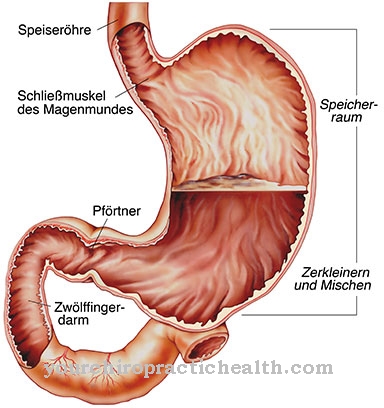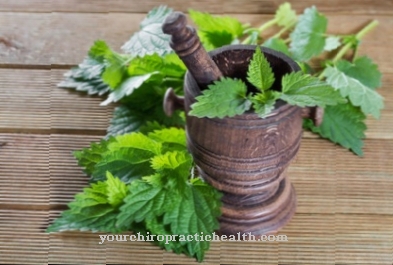The term cosmetics comprises a heterogeneous product family, the members of which are responsible for the wide range of tasks relating to body care and beautification. The definition of the term also includes the delimitation of the scope of action of cosmetic products, as well as their classification according to specific functions for individual areas of the body and according to the composition and nature of their active ingredients.
What are cosmetics?

The definition of the specific properties of cosmetics is stipulated by law in Germany. Cosmetic agents are described as substances or preparations of substances that are used externally on the human body or in the oral cavity.
They have cleaning and nourishing functions and are intended to influence the external impression of people, including their body odor, according to the wishes of the wearer. Their effective properties are not primarily intended to alleviate or cure disease or physical damage. This means that cosmetics are not subject to approval, but are subject to labeling.
Although this definition is intended to distinguish between cosmetic preparations and medicinal products, in practice it is difficult to differentiate between them. On the one hand, this applies where cosmetic care uses raw materials that are also used in pharmaceuticals. On the other hand, all applications move into a limit area in which cosmetics have a positive effect on the external appearance precisely by reducing the effects of physical deficiency or overfunction.
Application, effect & use
Depending on their range of tasks, cosmetic products are divided into preparations with a care or decorative function. Nourishing cosmetics serve to cleanse and protect the body and can be differentiated according to the area of the body in which they are used.
Skin care, oral and dental care, hair care and interfering with the texture of body odor are the most important areas of activity for cleaning, protecting and caring cosmetic ingredients. Decorative purposes are, for example, the use of make-up for the face and eyes, nail polish or self-tanning agents.In particular, the effect of caring cosmetics is often on the borderline to the tasks of so-called topical medicines that are used locally on the body surface.
Cosmetic care products for sensitive, irritated skin are closely related to medicinally effective creams against inflammatory skin diseases. Moisturizing substances have a similar effect to medicinal substances against eczema, neurodermatitis or psoriasis. The cosmetic treatment of impure skin is moving closer to medical measures against acne. And the tasks of a cosmetic deodorant are closely related to the functions of antihidrotics, which act as ointments or powders to counteract increased perspiration.
The similarities in the mode of action of cosmetics and pharmaceuticals are due not least to the fact that the same basic materials are often used in both product groups. Medicinally active substances such as panthenol, urea, evening primrose oil, witch hazel, linoleic acid, vitamin K and many others are used both in cosmetics and in pharmaceuticals.
Herbal, natural & chemical forms & types
The rules for the production of cosmetic products are set by the EU. It stipulates the labeling obligation for the ingredients, forbids the use of animal experiments for toxicological tests and makes the manufacturer or importer responsible for the compatibility of the products sold.
There are over 8000 different substances that are approved as ingredients in cosmetics and many of them are highly controversial. Most classic skin care products are based on emulsions made from water and chemically strongly filtered mineral oils. Silicones, preservatives, nanoparticles and emulsifiers, which keep mixtures of oil and fat stable, are just a few examples of substances that have an increasingly bad reputation as ingredients in cosmetics and are still widespread. Natural cosmetic products are an alternative here.
However, there is no generally binding definition for the properties of natural cosmetics. A wide variety of seals stand for products that are free of mineral oil and preservatives or certify the use of vegetable raw materials from organic farming. Because there are no binding guidelines, it is often very difficult to decide on the quality of cosmetic products based on alternative ingredients.
Risks & side effects
Emulsions, the fat components of which are obtained from mineral oil, are substance preparations that are very stable in contact with atmospheric oxygen and water and are not susceptible to microbial degradation. They are therefore a well-tolerated and tried and tested basis for the production of cosmetics.
Unlike herbal preparations, however, petroleum-based cosmetics do not contain any unsaturated fatty acids that the skin can use as active ingredients. Vegetable hydrocarbons are very similar to those found in human skin. They are easier to use than mineral oils and protect the skin from water loss by stimulating its metabolism. So while mineral oils are well tolerated but only have a superficial greasy effect, plant-based substances can react better with the skin but are more likely to trigger allergies.
Because the tendency to allergic reactions is a question of the individual predisposition, the tolerance must ultimately be tested on a case-by-case basis.

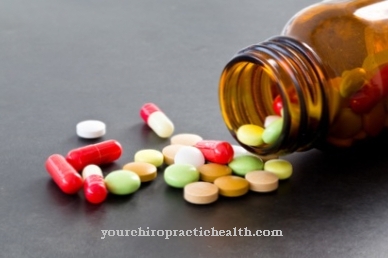




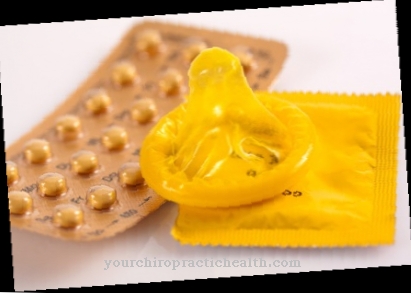






.jpg)
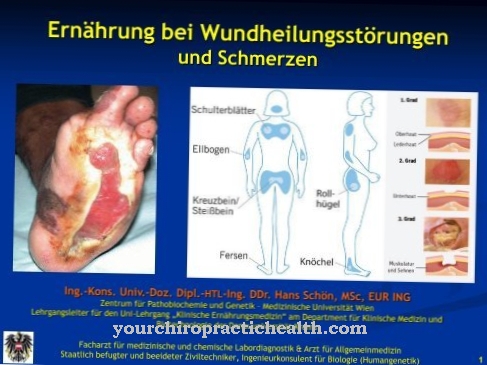

.jpg)


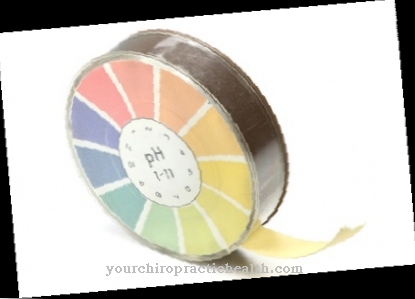
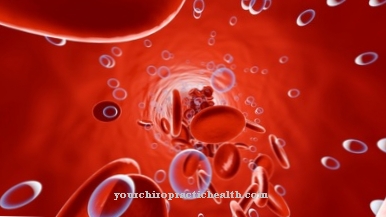

.jpg)


